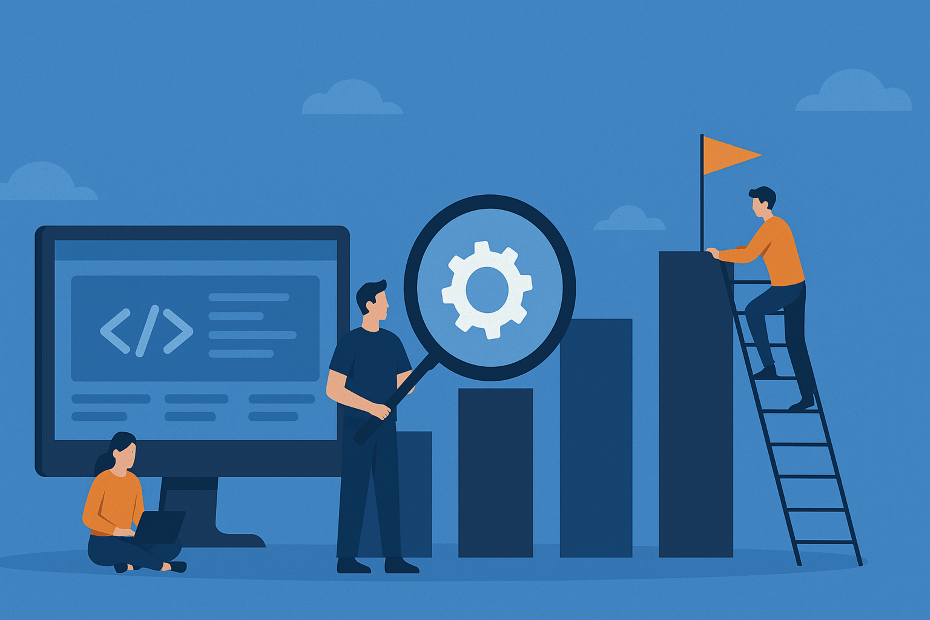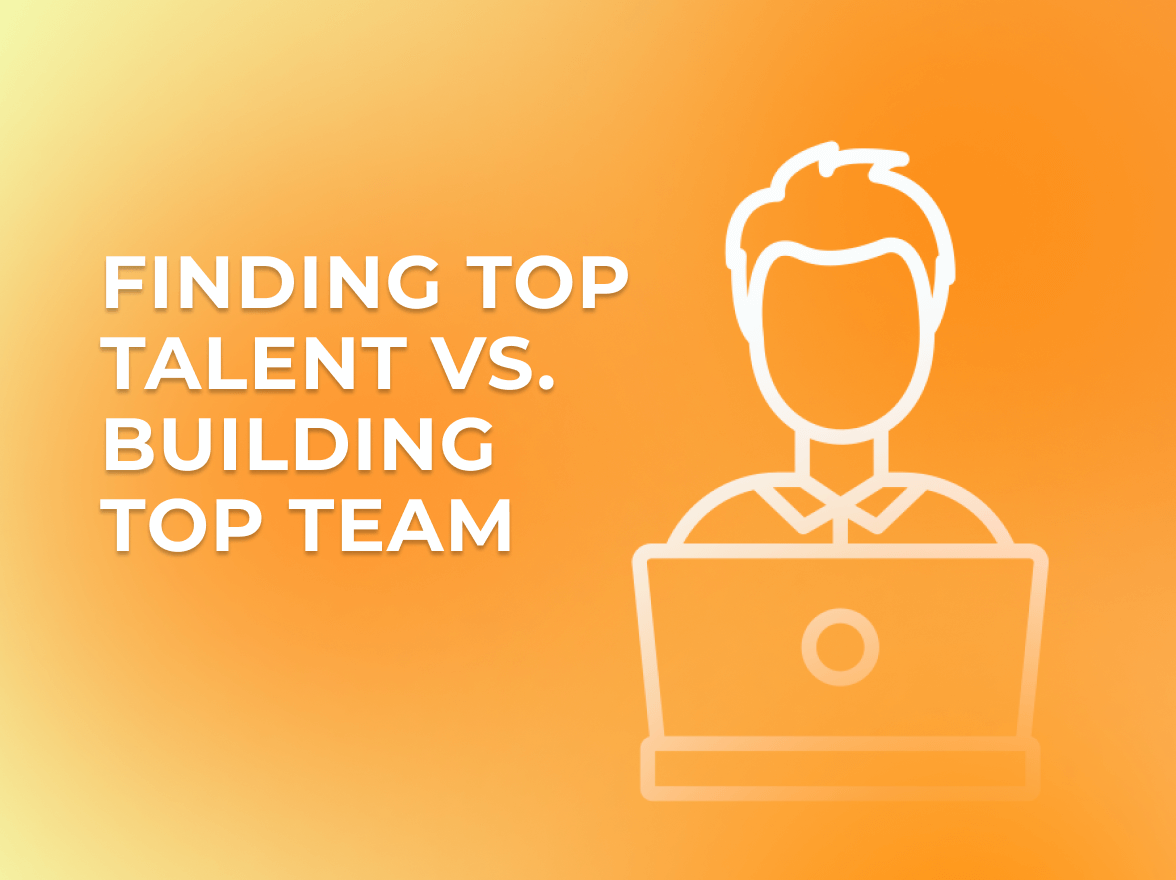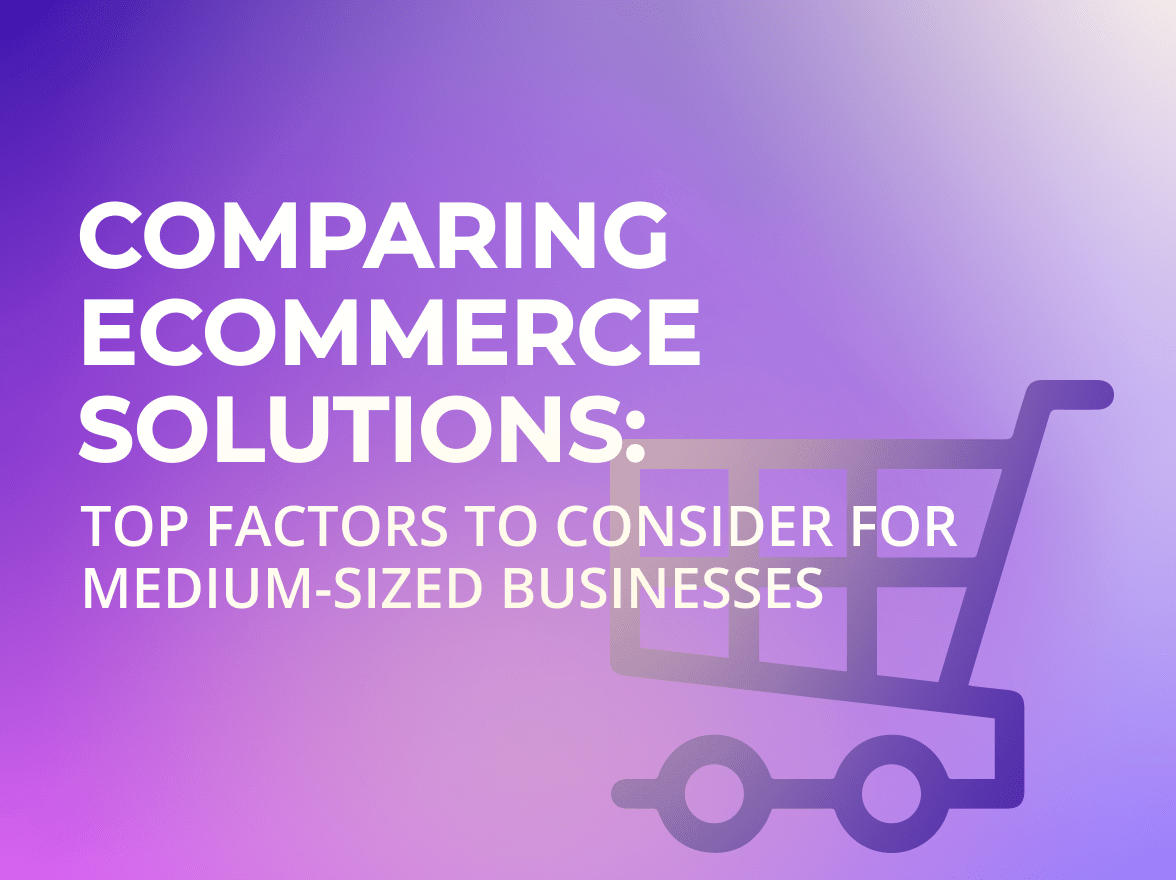Finding Top Talent vs. Building Top Team
When organizations seek extra capacity, they often choose between on-demand freelance platforms and software development companies like SSA Group.
So, you’ve launched your product. Maybe it’s gaining traction in your niche, or you’ve already got a steady user base. Perhaps your team is continuously releasing new features and responding to user feedback. That’s fantastic.
But what happens when you want to grow?
Whether your goal is to scale your user base, expand to new markets, or roll out advanced features, there’s a crucial question to answer first:
Is your software system prepared to handle what’s next?
Most scaling efforts fail—not because of bad ideas or poor execution, but because the underlying system wasn’t ready. It’s like upgrading a car engine for a race without checking the tires, brakes, or transmission. Eventually, something breaks down.
That’s why understanding and verifying your system’s readiness is essential before you scale.
Imagine this:
You’re running an e-commerce platform that serves a few thousand customers. You land a partnership with a large retailer that’s about to bring in 10x more traffic over the holidays. You prepare your marketing, expand your team, and launch the campaign.
And then—the system crashes.
Pages loading takes too long. Carts cannot be saved. Users leave. You lose sales and brand credibility. Your team scrambles to fix things mid-crisis.
Sounds dramatic? It happens more often than you think.
Scaling uncovers invisible weaknesses—whether it’s fragile architecture, hard-coded limitations, inefficient queries, or overlooked infrastructure bottlenecks. And these issues are significantly harder (and more expensive) to fix when your system is already under pressure.

Here’s a friendly checklist to think through before making any big moves:
Example: A media streaming startup built a monolithic system that worked fine with a few thousand users. But when they introduced regional content and real-time streaming, their single-point failure became apparent. They had to rebuild the entire backend into microservices—a costly detour.
Example: A fintech platform scaling to multiple markets found that some critical parts of the app were undocumented and only one engineer truly understood them. This created bottlenecks, delays, and risk when he left the company.
Example: A growing edtech platform had no staging environment. They deployed changes directly to production, leading to bugs during live classes. Their engineers spent more time firefighting than building new features.
Example: A SaaS product running on shared hosting grew quickly and suddenly faced memory allocation issues, storage overload, and no redundancy. They had to migrate urgently to Azure mid-growth—which resulted in a two-week downtime and customer churn.
Example: A health-tech company scaling into the EU market had to pause its expansion because their app didn’t meet GDPR standards. Fixing this post-launch was painful and delayed their go-to-market strategy by months.
Example: A social networking app added 100,000 new users through a viral campaign. The news feed algorithm slowed down drastically because it wasn’t optimized for scale. Frustrated users dropped off just as fast.
Scaling requires more than optimism and ambition. It needs data, visibility, and a solid plan.
That’s exactly where Software Audit service from SSA Group comes in.
We partner with companies having either ongoing development or up and running software to:
We don’t just point out what’s wrong—we help you prepare for sustainable growth without unnecessary overengineering or complexity.
A software audit is a great idea if:
Think of it like a growth health check for your software—designed to catch the small issues before they become show-stoppers.
Scaling your business should be a celebration—not a firefight.
Before you invest in growth, invest in readiness. With a structured audit and a clear roadmap, your team can move fast without breaking things, your users stay happy, and your product remains robust under pressure.
At SSA Group, we’re here to make that process smooth, collaborative, and deeply practical.
Want to explore whether an audit makes sense for your software?
Let’s start the conversation.

When organizations seek extra capacity, they often choose between on-demand freelance platforms and software development companies like SSA Group.

How to address the most common issues and uncertainties of medium-sized business when developing eCommerce presence and infrustucture. Check our recent article for valuable insightss!
you're currently offline